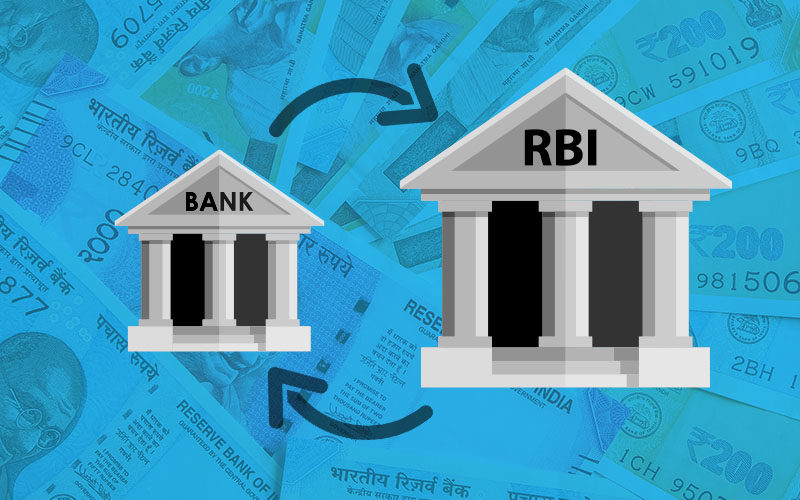The reverse repo rate is an essential economic variable that influences the functioning of the economy in multiple ways. Simply put, it is the rate at which commercial banks in a country deposit money with the central bank, namely in India’s case – the Reserve Bank of India (RBI). When the reverse repo rate increases, banks are further encouraged to park their funds with the RBI, due to the potential for earning higher interests. Conversely, a decrease in reverse repo rates leaves the door open for banks to lend more money to consumers, owing to the lower returns on deposits with the central bank.
The Influence of Reverse Repo Rate on Housing Finance
The reverse repo rate plays a significant role in determining the cost of housing finance. High reverse repo rates mean banks earn more by depositing money with the RBI, and consequently, they cut down on lending. In such scenarios, there may be a surge in home loan interest rates as banks try to compensate for the smaller lending volumes, causing a slowdown in the demand for home loans. Conversely, when reverse repo rates decrease, banks are incentivized to lend more, potentially leading to lower home loan interest rates that could boost housing finance.
Implications on the Home Loan Process
The fast-changing reverse repo rate often impacts the home loan process. When potential homeowners apply for a home loan, any spikes or declines in the reverse repo rate could alter the loan’s interest rate. For instance, when the reverse repo rate is high, prospective homeowners may face higher interest rates making affordability a big challenge. Such changes could delay or disrupt the home loan process when customers can’t afford the increased loan costs.
However, when the reverse repo rate is low, customers may experience a smoother home loan process. They may leverage the reduced costs to upgrade their housing preference or simply enjoy lower EMI burdens.
Effect on Applying for a Home Loan
The amendment of the reverse repo rate affects potential homeowners, especially when planning to apply for a home loan. A low reverse repo rate encourages borrowing, making it an ideal time to apply for a home loan. In contrast, a high reverse repo rate signals increased borrowing cost and, therefore, potential homeowners may prefer to wait until the rate drops.
The Relationship between Reverse Repo Rate and Economy
At the macroeconomic level, the reverse repo rate plays a pivotal role. Lower reverse repo rates incentivize lending, inducing liquidity in the economy and stimulating economic growth. People are more likely to invest in new businesses, new homes, and consumer goods, thanks to the easy availability of loans at reduced interest rates. Moreover, lower rates reduce the cost of capital for businesses, driving investment, economic expansion, and job creation. In contrast, higher reverse repo rates tend to reel in exuberant spending and lending practices, stabilizing the economy and controlling inflation.
Conclusion
Undeniably, the reverse repo rate casts incredibly far-reaching ramifications on housing finance, the home loan process, and the economy as a whole. While the fluctuating reverse repo rate profoundly impacts potential homeowners intending to apply for a home loan, it also acts as a critical lever in maintaining a country’s economic equilibrium and preventing runaway inflation.
Understanding the reverse repo rate and its economic implications can certainly aid consumers in making informed financial decisions, especially when considering a critical investment such as a home loan. Therefore, staying abreast of the changes in the reverse repo rate is advisable for anyone in the financial ecosystem.


